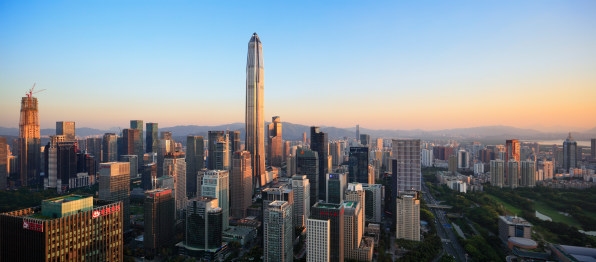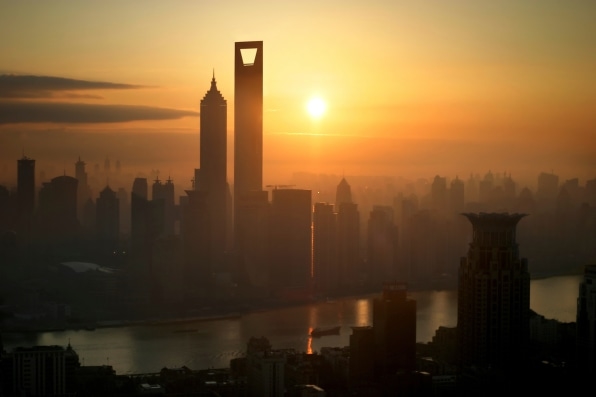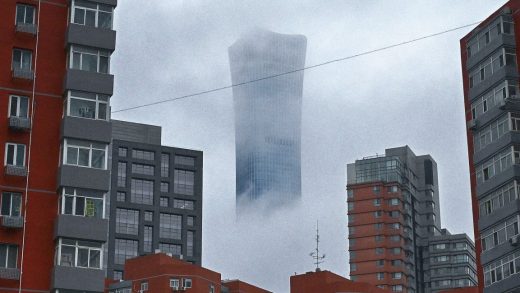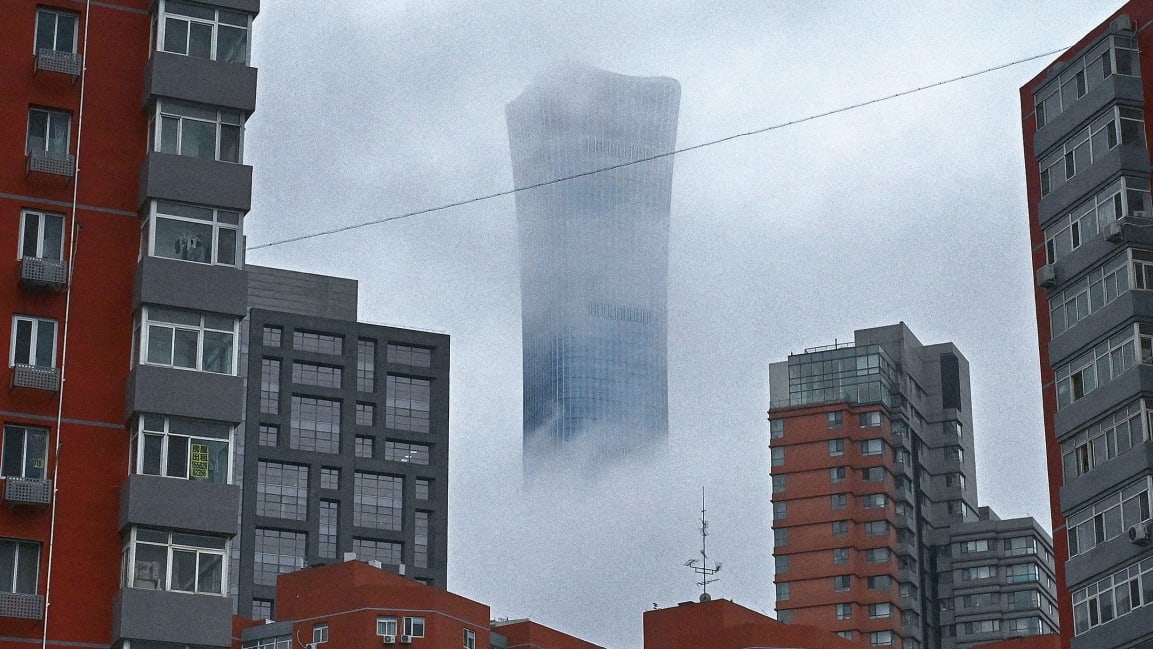China is the capital of supertall skyscrapers. Why is it banning them?
China is the supertall skyscraper capital of the world. It’s now home to 10 of the 20 tallest buildings in the world, all of which have been built in the past 15 years. But new rules just announced by the central government suggest that era may be ending.
As reported by the South China Morning Post, new rules from China’s National Development and Reform Commission prohibit the approval of any new buildings taller than 500 meters (1,640 feet), strictly limit buildings taller than 250 meters (820 feet), and require that any building taller than 100 meters (328 feet) match the spatial scale of the city and comply with local fire and rescue capabilities.
These new guidelines follow a recent string of architectural rulings from on high. In 2014, President Xi Jinping urged architects not to “engage in weird building”— pushing back against a quirk of China’s hyper-speed urbanization that led to the development of ersatz neighborhoods modeled on idealized English Towns, replicant White Houses and Eiffel Towers, and ambitiously engineered structures like the looping China Central Television Headquarters building in Beijing designed by OMA. The national government doubled down in 2016 declaring that “odd-shaped” buildings would no longer be allowed. “Bizarre architecture that is not economical, functional, aesthetically pleasing, or environmentally friendly will be forbidden,” the directive proclaimed.

The new rules, however, are aimed squarely at height, focusing on buildings that rise far taller than the 30- or 50-story office towers one might see in any major city. Beyond China’s skylines, these new rules will have an impact on the large Western architecture firms that have designed many of China’s and the world’s tallest skyscrapers, cutting off a lucrative source of business. These firms include Kohn Pedersen Fox (the 1,765-foot CITIC Tower in Beijing), Skidmore, Owings & Merrill (the 1,738-foot Tianjin CTF Finance Centre), and Adrian Smith + Gordon Gill (the 1,535-foot Greenland Tower Chengdu).
“This is not brand-new, but I think it is a significant change in China. But I don’t think it’s a bad thing. Because it had gotten out of control,” says Antony Wood, CEO of the Council on Tall Buildings and Urban Habitat. He says the building boom in China was often a kind of arms race between cities trying to outcompete each other and grab global attention, typically without much care given to the urban context in which the tall buildings were placed. The new rules could mark an end to that fevered pace of development. “It’s not necessarily going to mean a cessation of tall building activity or urban density, it just means they’re going to be better thought out,” Wood says.
James von Klemperer, president and design principal of Kohn Pedersen Fox, says the prohibition on very tall buildings will result in only a small number of projects not getting built. “Cities don’t really need dozens of 500-meter towers,” he says. “It’s a special, rarified building type and it does not belong everywhere for a number of reasons.”
It’s partly a question of economics, he says. To build above 400 meters or so, the economic returns start to run up against the costs of taller elevators, extra wind bracing, staging areas for construction and cranes, and the longer construction timelines. Building tall for the sake of building tall often doesn’t make sense. “For private developers, very few are motivated by anything more than the bottom line,” von Klemperer says.

And cities in China may be nearing their carrying capacity for such massive towers. Von Klemperer compares the city skyline to a chessboard, with lots of smaller pawn-like buildings, and only a few very tall king and queen structures. “In China, we’ve gotten to the point now where the major cities have their kings and queens,” he says.
The new rules are about more than aesthetics. They call for more standardized building application, review and approval processes, as well as more stringent quality controls at the early stages of projects. Given the recent wobbling of a 980-foot tower in Shenzhen, the collapse of an occupied condo tower near Miami, and China’s own experience with poor materials and weak structures known as “tofu dregs” buildings, the emphasis on safety is welcome.
Von Klemperer says the real reasoning behind the rule change is likely just a natural urge to control and shape the growth that happens as China’s megacities mature. His firm has been working in China since the early 1990s, and he says these new building height rules are an example of planning processes evolving from the discretionary to the rule based. “As a regulator or a government policy maker, if I were in their shoes I would do the same thing,” he says.
For firms like KPF, the market for big buildings is far from dry. As a new exhibition at the Skyscraper Museum in New York City shows, tall buildings are increasingly being built and planned in places beyond the formerly hot market of China. Very tall buildings are underway in Malaysia, the United Arab Emirates, and Saudi Arabia, where the world’s tallest planned building, the 1,000-meter (3,280-foot) Jeddah Tower is now under construction. Wood, of the Council on Tall Buildings and Urban Habitat, says the pace of building tall isn’t letting up. In the 1990s, 12 buildings taller than 200 meters (656 feet) were built each year on average. By the 2010s, that annual average was 112. And it’s still rising. Even if 500-meter buildings start to wane, there will be plenty of 200-, 300-, and 400-meter buildings on the rise, especially in the world’s new center of population growth: Africa.
Despite China’s new rules, this may not be the end of supertall buildings on the mainland. “I don’t view this restriction as absolute,” von Klemperer says. “There will be cases where it makes sense to allow something special to happen.”
Any major effect on the skyline may take a while to see anyway. Of the 10 tallest buildings now under construction around the world, eight are in China.
(49)



